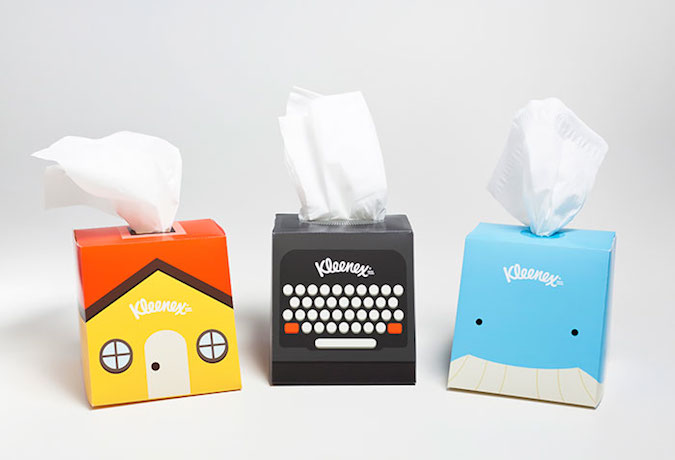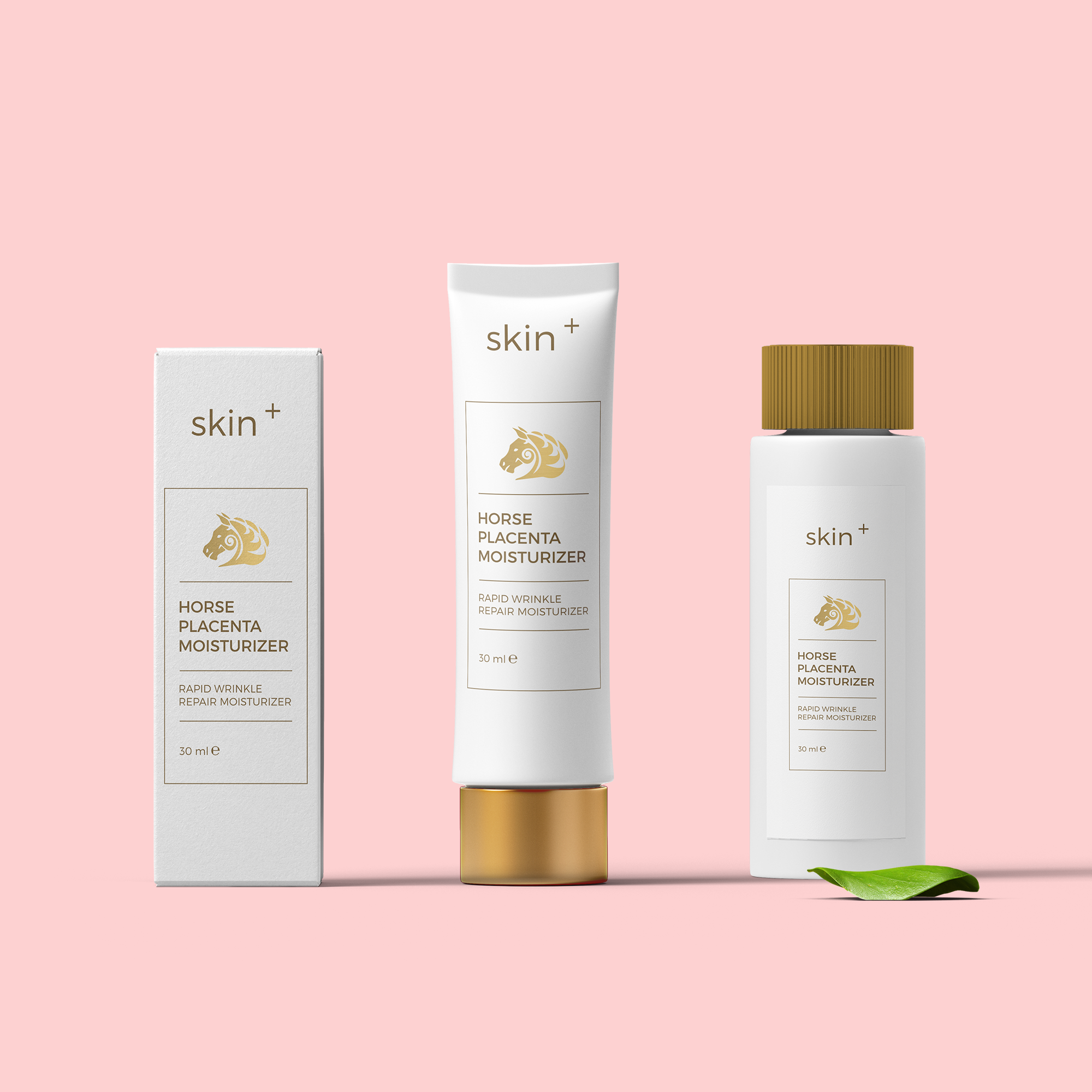Table Of Content

Finally, there are all the fiddly bits to correct – such as material choice and structural design – so that all-important packing stands out from competitors. So materials might be carefully selected to align with brand values, while structural design has to be practical too (keeping products safe during transport/waiting on shelves). The thing that makes events so memorable is the moment when something happens that is unexpected and blows your mind. Packaging designers can take a lesson from events by adding a similar element of surprise to the shopping experience. Make sure to work with graphic designers who know the technical ins and outs of printing.
Print Production Manager at The Sticker Company
Supplements packaging design has turned joyful for this reason - Cosmetics Business
Supplements packaging design has turned joyful for this reason.
Posted: Tue, 30 Jan 2024 08:00:00 GMT [source]
The concept should reflect the brand’s story and resonate with the target audience. At Inkbot Design, we understand the importance of brand identity in today's competitive marketplace. Primary packaging is the first layer of packaging that touches the product. This is usually made from high quality materials and printed with the brand’s logo and design elements.
The Traditional CPG Packaging Design Approach

Will your packaging design work for both inner packaging and outer packaging? As your brand grows, additional product placement opportunities will present themselves. Even if secondary packaging isn’t a part of your initial design, consider the future growth of your product and whether the design is transferrable to other types of packaging. The benefit of minimalist packaging is creating white space for the right messages to shine, but you have a product that consumers won’t connect with without messaging. Minimalist packaging design is a popular choice by digitally native companies.
Custom Boxes & Custom Packaging Your Brand Deserves
As businesses navigate today’s consumer preferences and environmental considerations, product packaging design becomes both a science and a brushstroke of creativity. For our packaging design, we employ a mood color palette inspired by the rich hues of dates, complemented by analogous shades to maximize the sensory experience of each flavor variant. Illustrations of dates adorn the packaging, creating a visually appealing pattern that not only showcases the product but also captures the essence of its natural ingredients. The use of nostalgic illustrations adds a touch of warmth and familiarity, inviting consumers to indulge in a delightful sensory journey with Ouma. Branded packaging transforms the packaging into a reflection of your brand's identity, enhancing the customer's unboxing experience. It incorporates your brand's colors, logos, and message, turning every package into a personal touchpoint that fosters loyalty.
Products

Authentic packaging design genuinely communicates the brand’s identity. Uniqueness sets a product apart, creating a memorable impression in the consumer’s mind. Whether through innovative shapes, materials, or branding, a distinctive identity contributes to brand recall. Work together with The Custom Boxes, a remarkable product packaging designer, and an expert printing press to make the idea a reality. Make sure that the text, pictures, and colors are accurately represented after printing. We suggest methods and supplies that fit a person's budget and preferred style.
Flexography (“flexo”) can be suitable for flexible and corrugated packaging and labels when printed in high volumes. The process, which utilizes a plate made from rubber, can print on paper, plastics, metals, and other materials, especially for food and beverages. Also known as litho or offset, this printing process commonly uses flexible (often aluminum) plates. The inked image is transferred from a plate to a rubber blanket and, finally, to the printed material or substrate. It protects multiple units of secondary or primary packaging during distribution. Typically, this level is the least concerned with the design and most concerned with safety and space efficiency.
Understand Your Products and the People that Buy Them
A key component of retail packaging design is labeling and how you arrange it to set your products apart from competitors' offerings. Naturally, you should pay close attention to the content and graphics in your labels and printed marketing materials—discussed below. Unlike labels, inserts are typically freestanding things such as business cards, coupons, thank-you notes, or other promotional items.
And enter to win a FREE brand diagnosis worth $20,000.
I tried speaking with Packlane and TheCustomBoxes, but Refine Packaging was head and shoulders better when it came to turnaround time and quality. Their pricing quote wasn't the best at first, but when I showed them my other price quotes they not only matched the pricing I was offered elsewhere, but beat it. Unless you or someone on your team possesses a high-level design acumen, we suggest working with a professional designer. They simplify the process considerably and do a lot of the heavy lifting to get your design just right. Keep in mind, you don’t have to go overboard with any of the above.
Arriving at the customer's doorsteps safely and undamaged is perhaps the most important stage in the business-to-customer relationship. The factor that is less evident but getting greater significance is that your customers care about it. Furthermore, it's a fact that certain customers want you to go above and beyond to gain and retain their business. Gain insights into industry trends, identify gaps, and differentiate the brand’s product through unique design elements, messaging, or materials.
Once you finalize your design, we’ll transfer the copyright and send you the image files. You want your software to work seamlessly with other software applications or plugins used in your design workflow. However, you must also evaluate your budget as these special inks come with additional costs. Follow this step-by-step list to ensure you do this effectively. Consider factors such as stackability, stability, and sizing to ensure the packaging can withstand various forms of handling and efficiently utilize storage space. Evaluate how the packaging will function within the entire supply chain, including transportation, warehousing, and retail setting.
Every brand should follow these steps before making a final design decision. While familiar with market research, only some brands know the need to test packaging for shelf performance. Unfortunately, when competing at the highest level, the majority need more than market research to guarantee success. Product package testing, where you measure against a real-life competitive landscape, gives you a clear understanding of your design’s impact.

No comments:
Post a Comment